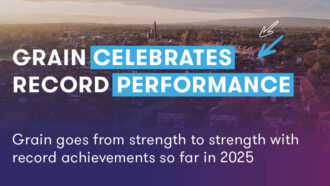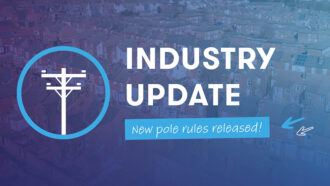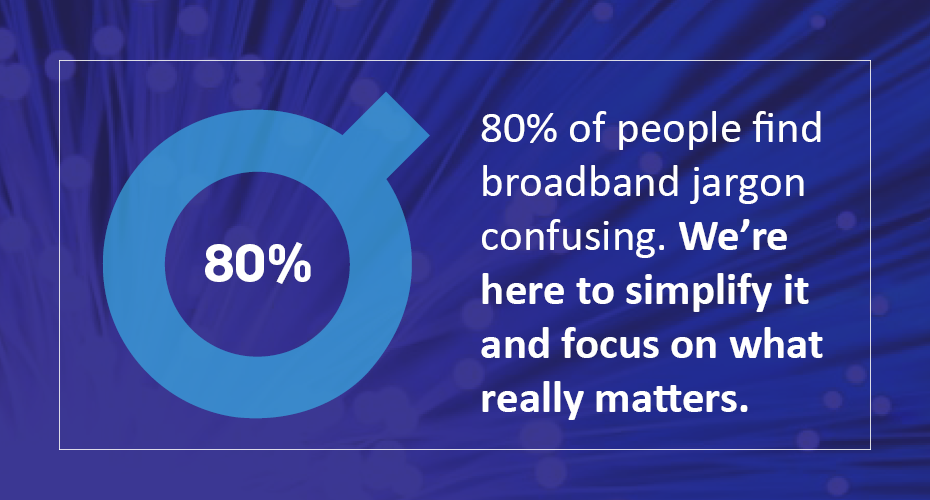The Fibre Files: Your no-nonsense guide to broadband
Let's break down the broadband lingo you need to know!
12th December 2024
Did you know that nearly 60% of broadband customers don’t fully understand their contracts, and 80% are confused by the techy jargon? These staggering stats highlight a major issue in the broadband industry – the disconnect between providers and the people they serve.
But fear not, we’re here to cut through the noise and provide you with the cold, hard truths about broadband. No more confusing terminology, no more empty promises – just the facts you need to make an informed decision.
What is superfast broadband?
First and foremost, let’s clear up the mystery of “superfast” broadbandLook around online, and you’ll see that “superfast” can mean wildly different things depending on who’s saying it. It generally means broadband speeds between 30Mb and 300Mb – a huge variation!
The truth? “Superfast” might not be so super, depending on the provider. Top tip: Check the download and upload speeds to see if they live up to the name (ours definitely do!).
Broadband Download vs. upload speeds
Download speeds handle your streaming, browsing, and let’s be honest, serious binge-watching. Upload speeds kick in for sharing content, like video calls and sending files.
Many providers push fast download speeds with slower uploads, but in today’s work-from-home world, you need symmetrical speeds—fast both ways. We don’t do things halfway. With us, upload and download speeds are equal because we know you’re doing everything online.
So, how do you know if you’re getting the best speeds?
The answer lies in Full Fibre. You may have seen terms like FTTP or FTTC being kicked around. Let’s break them down.
- Fibre-to-the-Premises (FTTP) – This is when a provider uses fibre-optic cables from the cabinet to the router in a user’s property. This technology offers the high-speed, reliable internet by transmitting data as pulses of light through these fibres, delivering some of the best connections available on the market, today.
- Fibre-to-the-Cabinet (FTTC) – These networks are slower, using fibre-optic cable to connect the street cabinet, but relying on traditional copper cable from the street cabinet to the user’s property. This drastically slows your speeds.
Not sure what kind of network your provider has? Don’t be scared to ask the question! But remember – not all FTTP providers are created equal. Many rely on outdated infrastructure or offer subpar customer service.
Top tip: Check out broadband providers on Trustpilot before you sign up and read about the experiences of real customers. You’ll see us sitting pretty with an ‘Excellent’ 4.7-star rating 😉
Last but far from the least important, broadband prices
Many providers promise low prices, but you should always read the fine print. Some companies are sneaking in price rises – even in-contract! BT, for example, is now inflicting flat £3 increases on their customers.
The best way to protect yourself? Look for a provider with fixed-price contracts (Like ours).
Do you wanna know if we can connect your home? Check your postcode
Share this article
Related Articles

Industry News | Apr 14, 2025
Grain celebrates records in financial and customer performance

Industry News | Apr 12, 2025
The Best Broadband for Streaming: Upcoming Must-Watch Releases

Industry News | Mar 28, 2025

